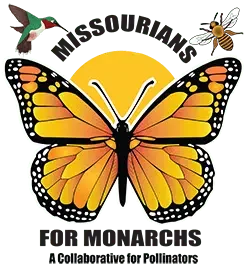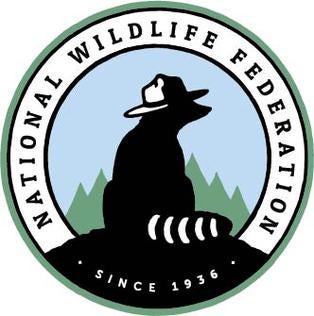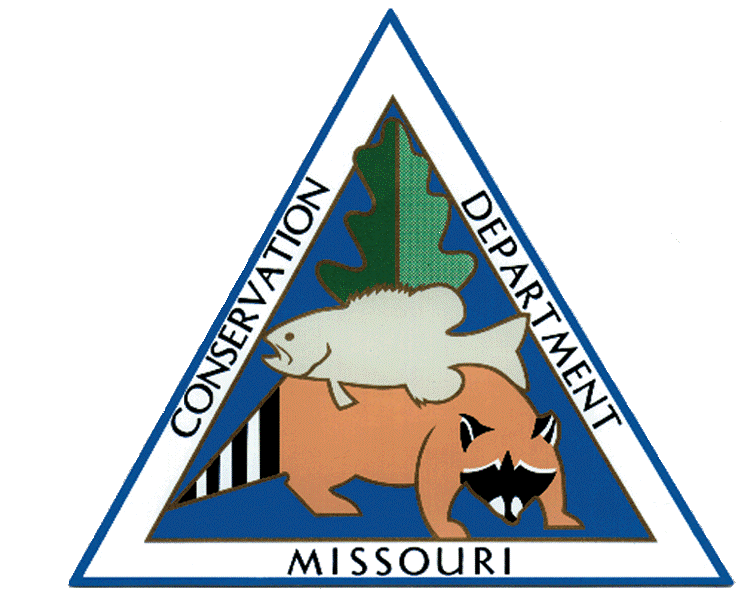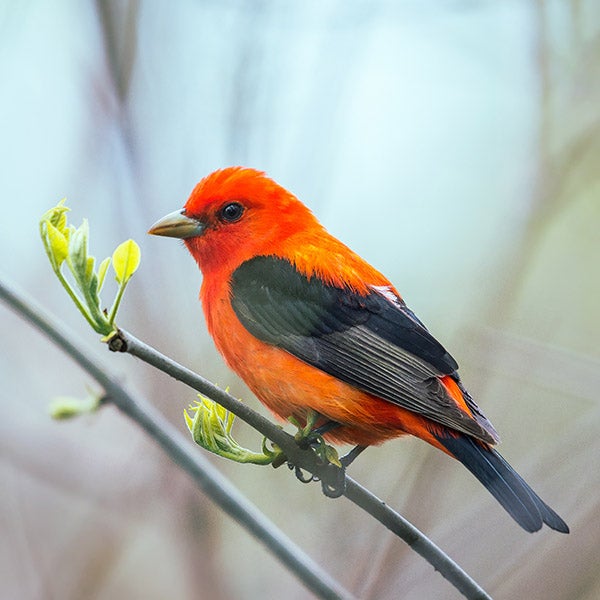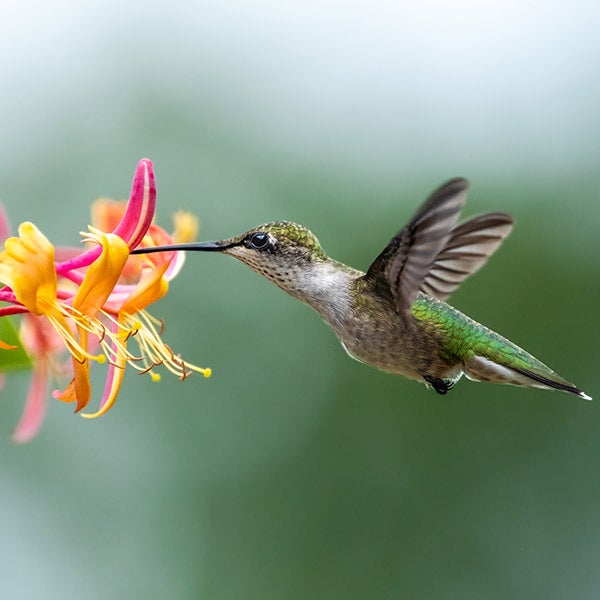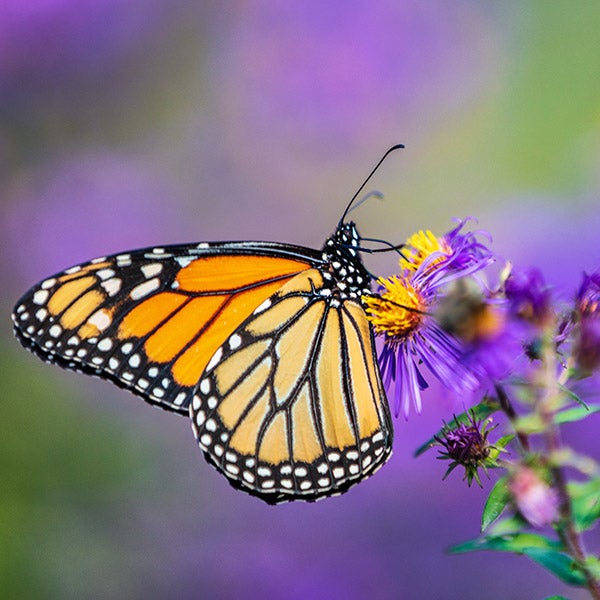Native Plants & Butterflies
Why Have Native Plants?
Planting Missouri’s native plants can be beneficial to you and help wildlife. Missouri native plants create beauty and interest with a progression of flowers and fruits, and they furnish food and cover for butterflies, birds and other wildlife.
In addition, they are adapted to our climate and soils, require little or no irrigation after establishment, and seldom require fertilizer or pesticides, creating a more sustainable landscape. Many wildlife species prefer native plants for habitat and depend on them for survival. Well-established and maintained native plant communities help resist invasive plants that threaten wildlife habitat and crops.
Native plants preserve natural diversity, manage stormwater, reduce maintenance and promote plant and wildlife conservation. Check out this funny, thought-provoking YouTube Video that talks about the multitudes of gallons of water being applied to turf-grass lawns throughout America!
Which Native Plants Attract Birds & Butterflies?
Monarch Butterfly Habitat
The monarch butterfly is an iconic North American species whose multigenerational migration and metamorphosis from caterpillar to butterfly has captured the imagination of millions of Americans.
The monarch is an important pollinator for plants and can make Wentzville even more beautiful than it already is. The monarch population has declined 90% due to habitat loss and environmental stress. The Midwest is a vital breeding ground for monarch butterflies that are traveling to Mexico and we play a critical role in their success or decline. You can make a difference by planting native milkweed and plants to provide habitat for monarchs.
Monarchs cannot survive without milkweed; their caterpillars only eat milkweed plants (Asclepias spp.), and monarch butterflies need milkweed to lay their eggs and nectar sources (i.e. eastern blazing star, showy goldenrod, and purple coneflower) to mate and fly. With shifting land management practices, we have lost much milkweed from the landscape.
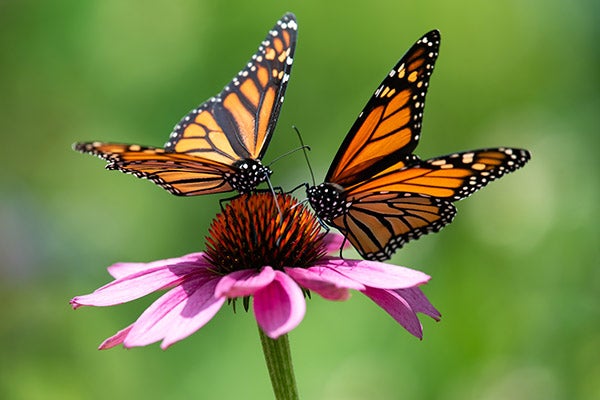
Mayor’s Pledge for Monarchs
Mayor Nicholas Guccione has taken a pledge as a way to help restore monarch habitat for the monarch. The City incorporated monarch habitat at Northview Nature Park, Heartland Park, by the Caboose, and is considering ideal locations at other public properties as well.
How you can help
Help Mayor Guccione with this pledge by creating monarch habitat on your property or through the Adopt-a-Spot Program.
Volunteer with Missourians for Monarchs
Learn more about what native plants are best for your property using the following links:
